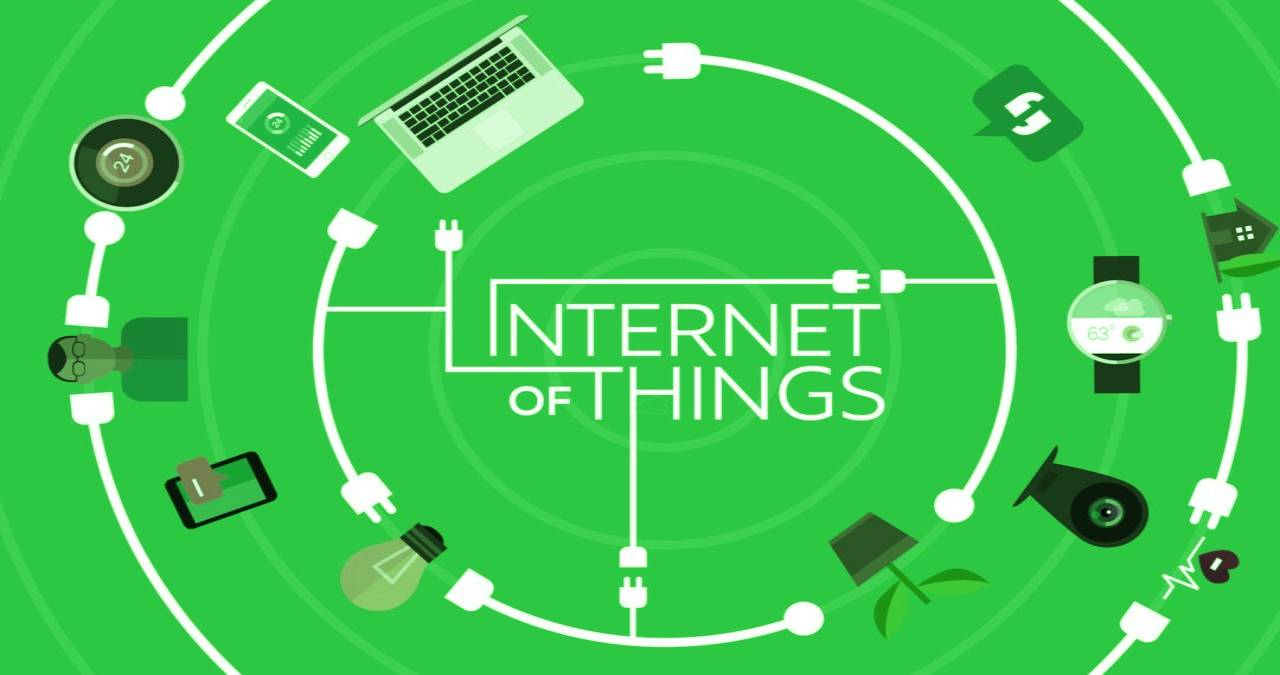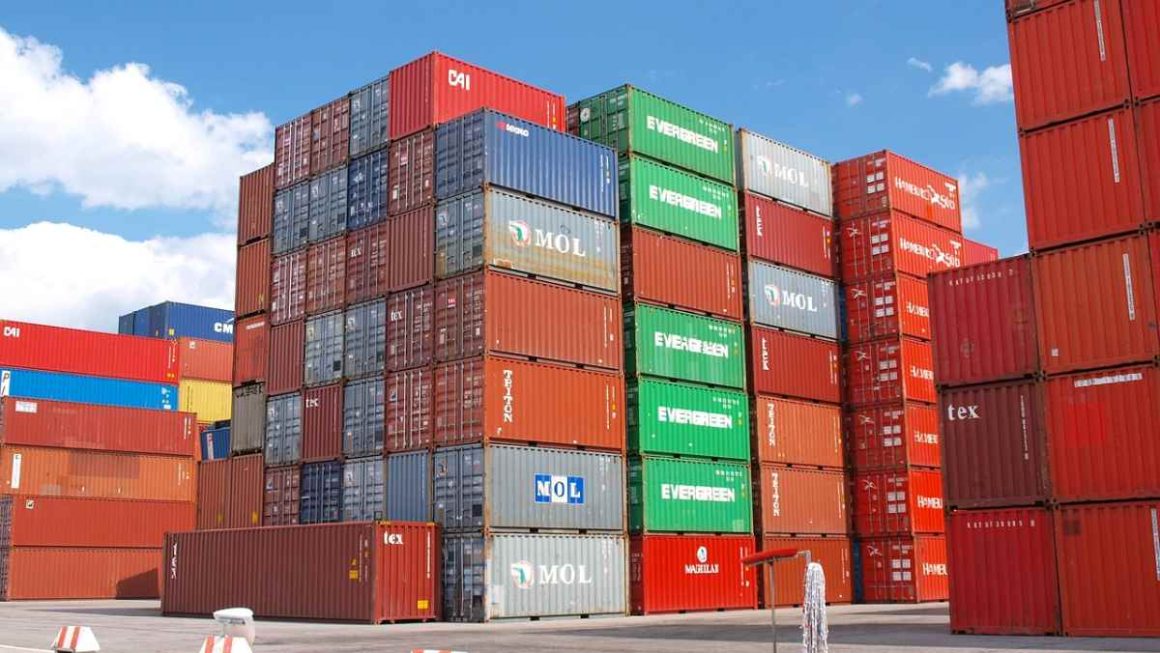The advance of the Internet of Things and its growth expectations in the coming years requires the creation of specific networks of connected objects. Do you know what these new networks are, why they are essential for the advancement of digital transformation, and what future prospects lie ahead in the immediate future? Discover keys in this post.
Internet of Things: progress and future prospects
The year 2020 has been defined by experts as the year of the definitive implementation in our lives of the Internet of Things (which you can also find by its English name, Internet of Things, or by its initials IoT). Currently, it is estimated that there are more than 10,000 million connected objects and that we are only at the beginning of a true revolution.
Do you know what the Internet of Things is and why it will change our way of relating to the objects we use on a daily basis? In a very short time, everything will be connected to the Internet, and, according to the forecasts of studies such as that of the consulting firm experts, in 2022 we will be talking about a figure close to 20,000 million objects connected worldwide.
What objects are going to star in the Internet of Things revolution? According to experts, mainly those that we use in our day-to-day life and that has to do with the management and operation of our homes: It is estimated that 67% of connected devices are from our home environment: Smart TV, energy-saving systems, home appliances…
But the Internet of Things is also going to be the protagonist of the revolution that is already underway in our urban environment: IoT is one of the pillars of the Smart City and, in the same way, it is key to the development of the Connected Industry or Industry 4.0.
In the face of this exponential advance, the obvious question is: can current telecommunications and data transmission networks support a volume of connected objects like the one expected?
Internet of Things: specific networks of connected objects
The answer, of course, is no. The advance and generalization in the use of the Internet of Things requires the implementation of specific networks of connected objects that, among others, provide the following advantages to companies and users:
- Faster connection and prevent saturation from occurring in the current data transmission space.
- Ability to support continuous data transfer and provide a speed of response that is agile enough for communication to be effective.
- An affordable cost that allows its widespread use both in the domestic sphere and in the field of connected cities and the new industry model that is expected to become a reality in 2020.
These specific networks of connected objects are already a reality in countries such as the Netherlands and Korea, pioneers in fixing their first antennas for the Internet of Things connection and, from this same year, they are also in many countries where Vodafone has already launched its own infrastructure for the narrowband connection for Internet of Things devices that already operates in several cities.
What types of specific networks of connected objects exist and what are their development prospects? We can establish the following classification:
- Lora: it is presented as one of the current solutions to guarantee the connectivity of objects and in direct competition with Sigfox. This technology is based on the LoRaWan protocol whose acronyms in English ((Long-range wide area network)) refer to low-power communication networks and amplify content. This specific network for connected objects has already been launched in the Netherlands. This technology is based on Open Source and requires a telephony operator since its operation is similar to that of a telephony network (antennas and repeaters for data transmission).
- Sigfox: The alternative to LoRa (and vice versa) is also a low-powered, amplified content network that, unlike LoRa, can act as an independent operator, without the need for a company. For this, it incorporates a chip that allows connecting to the network, and that encourages the creation of a more compatible standard of connected objects. This solution has been the bet, among others. Its competitive advantage is its low cost and it has been the best of more than 60 countries for the expansion of its IoT devices.
- NB-IoT ( Narrow Band-IoT ): It is presented as a transition solution for the deployment of the Internet of Things in the short term. Basically these are reduced versions of 4G adapted for connected objects since the deployment of 5G will still take time, while the evolution of IoT will continue to grow exponentially. In this group, we can also find LTE-M technologies. As advantages to the previous two, NB-IoT technology has more bandwidth (data), but also higher consumption.
- These specific networks of connected objects are joined, at this time of transition, by traditional wireless communication channels such as Bluetooth (adapted as Bluetooth Low Energy) or WIFI connection systems that, in a very short time, will give way to these new networks for the Internet of Things.




